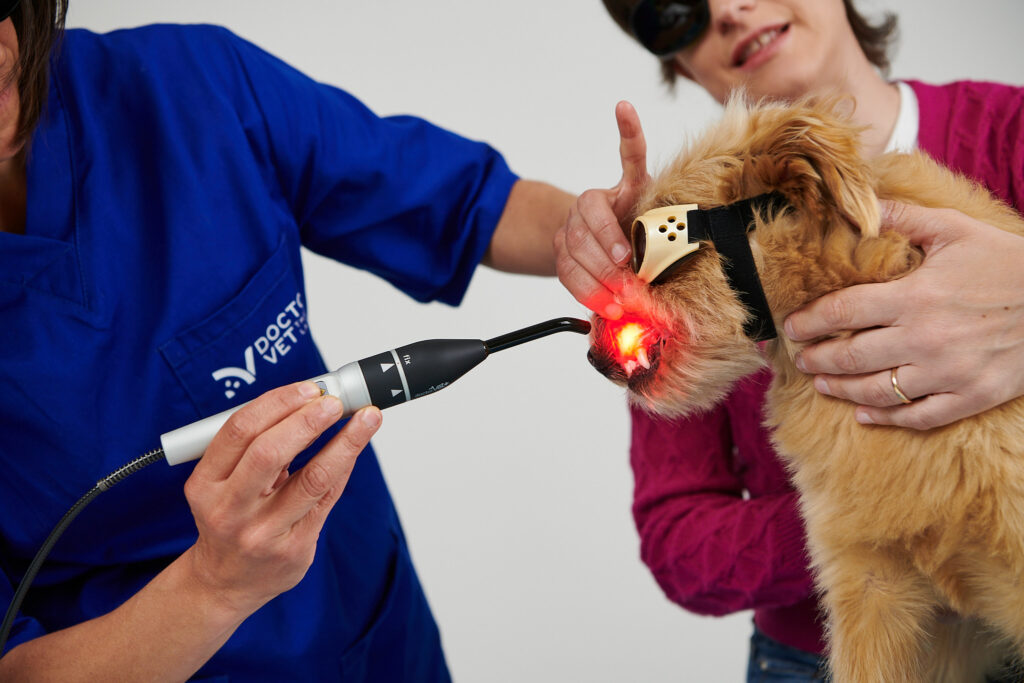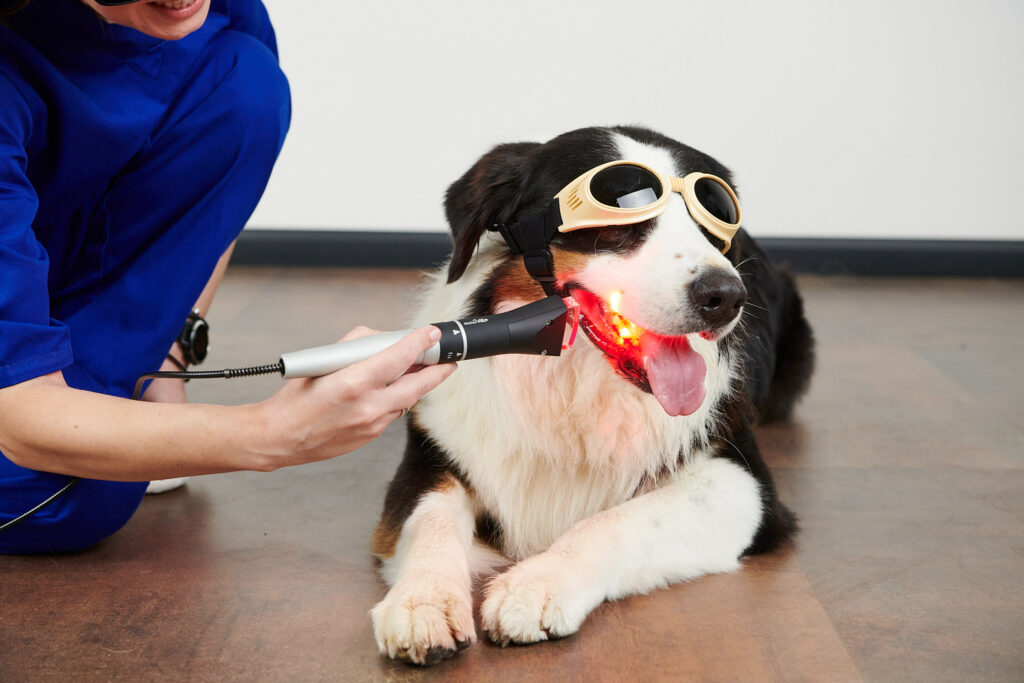Canine chronic ulcerative stomatitis is more common in such breeds as the Maltese Dog, Cavalier King Charles, Labrador Retriever, Greyhounds and Terriers. It is not as common as it is in cats but can be highly painful1.
Although its etiopathogeny is unknown, the disease is related to an abnormal response by the immune system that leads to an exacerbated reaction to bacterial plaque, causing an abnormal ulcerative inflammatory response2.
Patients suffering from this disease present halitosis, anorexia, excessive dribbling, dermatitis on the folds of the lips and pain3. They generally present moderate periodontal disease.
The differential diagnoses include erythema multiforme, pemphigus, epitheliotropic T-cell lymphoma and Wegener’s granulomatosis4. Examination by a veterinarian is therefore essential, alongside x-rays to see the seriousness of the periodontal disease, hemograms, biochemistry and biopsies.
The recommended treatment is to clean the mouth in order to reduce bacterial plaque and perform maintenance with brushing, as well as selective tooth extraction based on the seriousness of lesions. The extraction of all teeth may be necessary if no response is achieved. Medical treatment includes treatment with glucocorticoids and cyclosporine. Another option is to remove the damaged tissue using surgical CO2 lasers. However, relapse is highly common in this pathology5.

Laser therapy can help in such multimodal treatment for canine chronic ulcerative stomatitis, as already shown in feline gingivostomatitis6. Laser therapy can be useful in this pathology to control pain7, control inflammation8 and heal lesions, and it has also been shown to help oral lesions caused by chemotherapy in humans9,10.
Another option in laser therapy shown to be effective for this pathology is photodynamic therapy11. At the end of the study conducted by Villela et al. (2017), they concluded that this adjuvant photodynamic therapy produced a recovery in the affected mucous.
Therefore, laser therapy becomes a therapeutic option as an adjuvant therapy given that the complex nature of the pathology makes multimodal treatment the most effective option.
Seeing is believing!
Book a demo now to learn how DoctorVet works!

DoctorVet has various protocols that are useful for canine chronic stomatitis.
The inflammation and general pain protocols are recommended depending on the therapeutic options that can be combined with the tooth extraction and oral wound protocols. Depending on the treatment stage and the combination of different protocols, it may be necessary to reduce or increase the dose by 25-50%. Treatment can be applied immediately after surgery with the mouth open and using the spotter treatment head in non-contact mode.
Subsequently, treatment can be applied to a closed mouth without the need to sedate the patient using the sweeper treatment head, the scanning application technique and non-contact mode. The treatment schedule requires an initial stage to produce the photobiomodulation effect (potentially several of 1-3 sessions/week) followed by maintenance sessions that may vary according to the individual response by the patient (1 session/fortnight to 1 session/month).

Via dell’Impresa, 1
36040 Brendola (VI)
VAT 02558810244
C.R. VI 240226
© Copyright 2016-2021 LAMBDA S.p.A. | Privacy Policy